Description
Bently Nevada 3500/32 (125712-01) – 4-Channel Relay Module for 3500 Machinery Protection Racks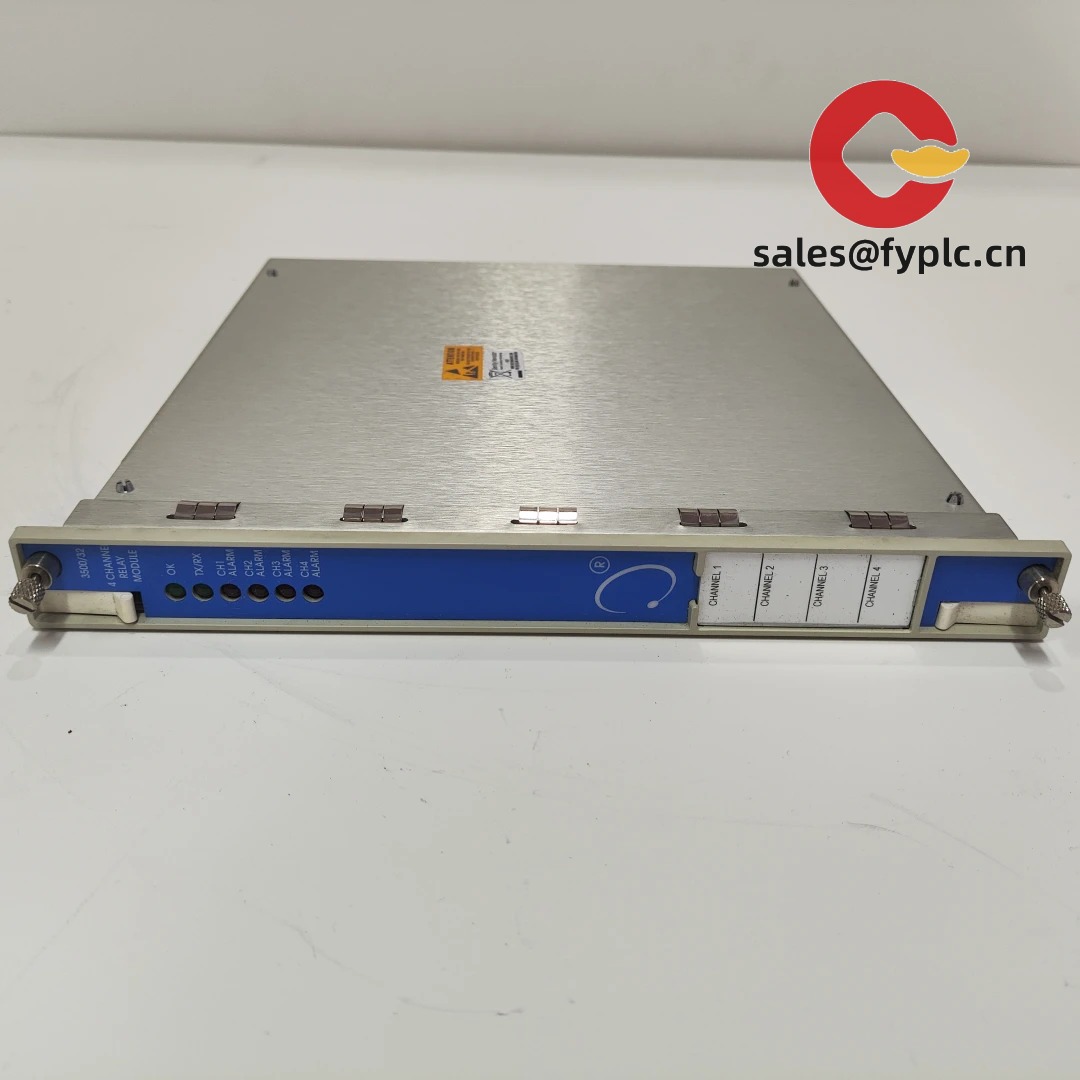
The Bently Nevada 3500/32 4‑Channel Relay Module ties your protection logic to hardwired trips and alarms. It listens to alarms from any monitor in the rack—Alert, Danger, Not OK—and drives four independent dry-contact relays based on flexible logic. From my experience, plants choose the 3500/32 when they want simple, dependable trip paths with voting, latching, and fail‑safe behavior, without adding extra relays in the cabinet. Part number 125712-01 refers to a common hardware/I/O variant used widely across turbine, compressor, and pump applications.
Company’s Order Placement Process and Guarantees
- Warranty: 365 days
- Delivery: 1 week for in-stock; no more than one month at the latest
- Payment: 50% advance payment, full payment for delivery
- Express delivery: FedEx, UPS, DHL
Key Features
- Four dry-contact relays: Independent outputs for trips, alarms, or interlocks—mapped from any monitor channel in the rack.
- Programmable logic: Voting (e.g., 2‑out‑of‑3), latching/non‑latching, time delays, and bypass options to match site trip philosophy.
- Fail‑safe configuration: Normally Energized or Normally De‑energized operation to align with safety standards in most plants.
- Backplane integration: No sensor wiring to the module; it listens to alarm conditions over the 3500 rack backplane.
- Clean cabinet design: One thing I appreciate is how it reduces interposing relays and hand‑built logic, cutting wiring effort and potential points of failure.
- Event traceability: Relay actions are tied to monitor alarms and timestamps, which typically shortens post‑trip investigations.
Technical Specifications
| Brand / Model | Bently Nevada 3500/32 (4‑Channel Relay Module) |
| Part Number | 125712-01 (module/I&O variant) |
| HS Code | 9031.80.00 (Measuring/monitoring instruments – other) |
| Power Requirements | Powered via 3500 rack backplane; no external supply |
| Signal Input/Output Types | 4 programmable dry-contact relay outputs; no direct transducer inputs |
| Communication Interfaces | Rack backplane via TDI (3500-22M) for configuration/status; no external network port on this module |
| Operating Temperature | Typically 0 to +65 °C for 3500 modules (application dependent) |
| Dimensions & Weight | Standard 3500 single‑width front module with matching I/O terminal base |
| Installation Method | Plugs into the 3500 rack; field wiring on the rear I/O terminal; configuration via rack software |
Application Fields
You might notice the 3500/32 shows up wherever a clean, deterministic trip path is required:
- Gas and steam turbines: overspeed, high vibration, and bearing temperature trip outputs
- Compressors and expanders: Danger alarms driving ESD systems or fuel shutoff valves
- Refining and petrochemical units: hardwired trips to DCS/PLC interlock matrices
- Balance‑of‑plant equipment: fans, blowers, and critical pumps requiring local alarm/trip relays
Advantages & Value
- Reliability first: Fail‑safe relay options and simple wiring reduce nuisance trips and common‑cause faults.
- Seamless compatibility: Natively maps alarms from any 3500 monitor—no external logic blocks needed in many cases.
- Lower installed cost: Fewer interposing relays and less panel wiring typically mean faster projects and easier FAT/SAT.
- Maintainability: Clear status in the rack and straightforward proof‑testing make it friendly for operations.
- Fleet standardization: Common hardware across machines simplifies spares and training.
Installation & Maintenance
- Cabinet & environment: Mount the 3500 rack in a clean, ventilated enclosure; avoid corrosive atmospheres and condensation.
- Wiring practices: Use the rear I/O terminal for dry contacts; route wiring away from high‑noise power; keep runs short where practical.
- Contact loads: Drive low‑energy control circuits; for higher loads, use an interposing relay—this tends to preserve contact life.
- Safety & handling: De‑energize the rack before inserting/removing modules; follow ESD precautions to protect connectors.
- Logic setup: Configure voting, latching, and delays to match the site trip matrix; many teams also document a proof‑test procedure per relay.
- Routine checks: Function‑test relays during scheduled outages, back up configuration, and review alarm/event logs for clarity.
Quality & Certifications
- CE marking for EMC and safety (module family)
- UL/cUL and CSA certifications commonly available for 3500 rack modules
- RoHS conformity where applicable
- Manufacturer’s standard warranty is typically 12 months; we support a 365‑day warranty on supply
Field Note
A maintenance supervisor at a combined‑cycle plant told us their 3500/32 setup with simple 2oo3 voting cut false trips dramatically. “We stopped fighting spurious alarms. Now when a relay drops, it’s for the right reason.” That seems to echo what many sites experience once the logic is tuned.

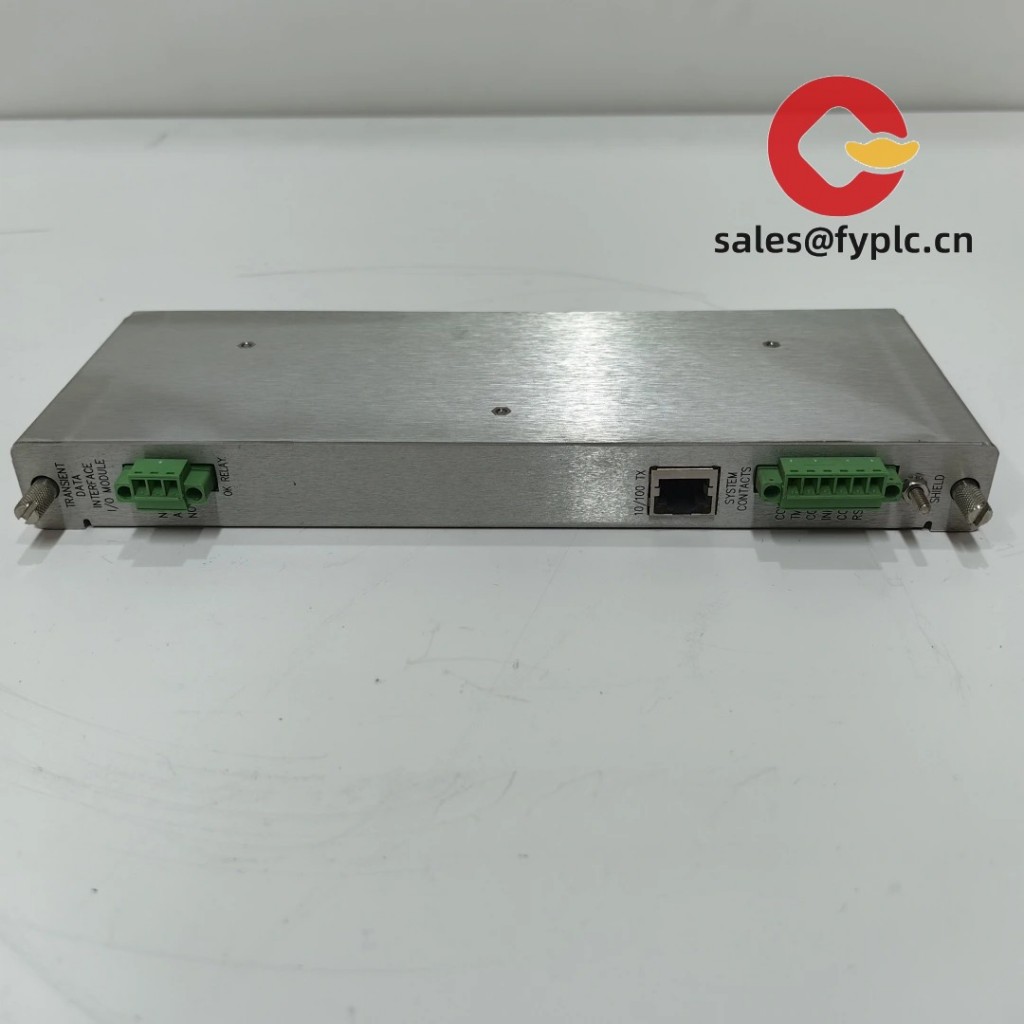

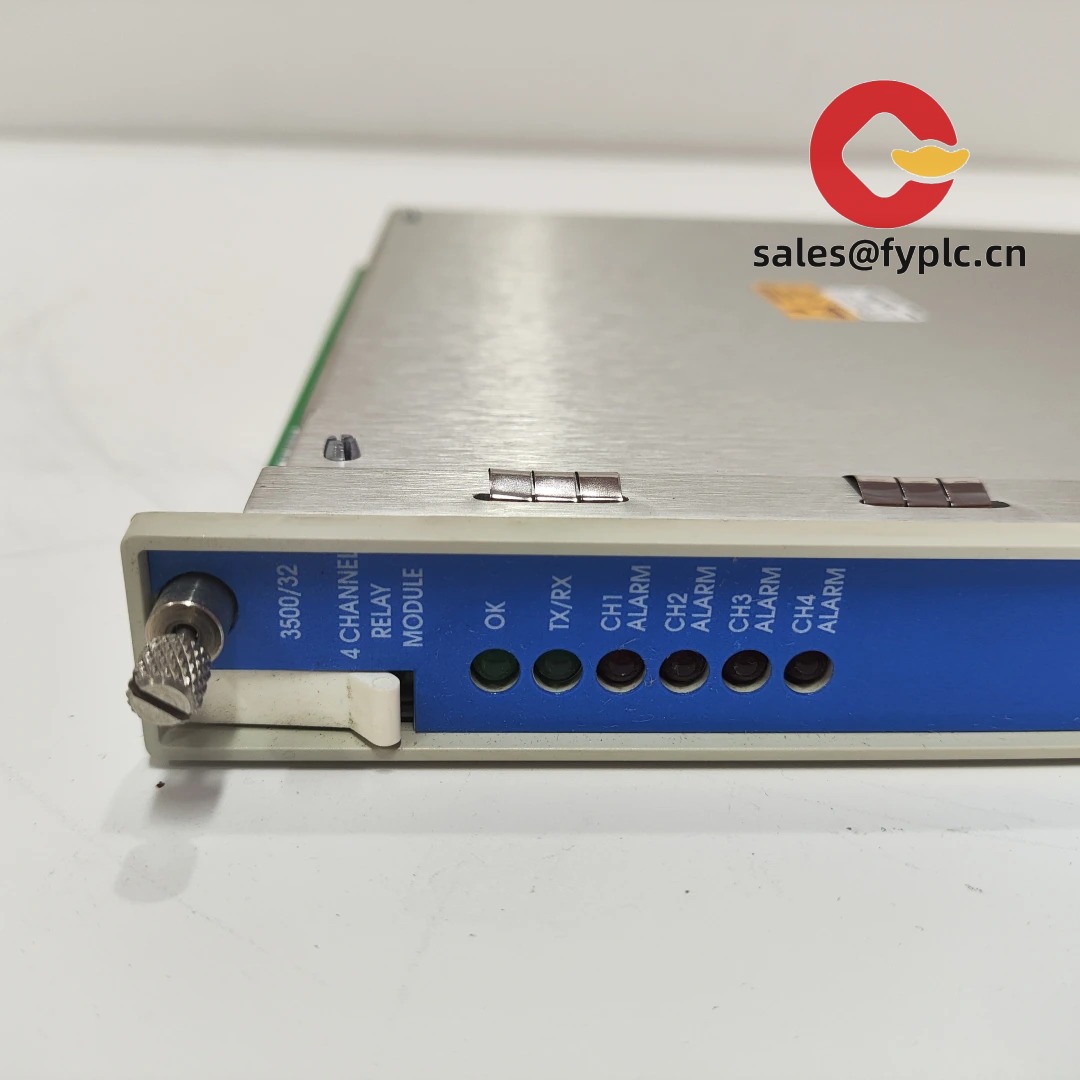
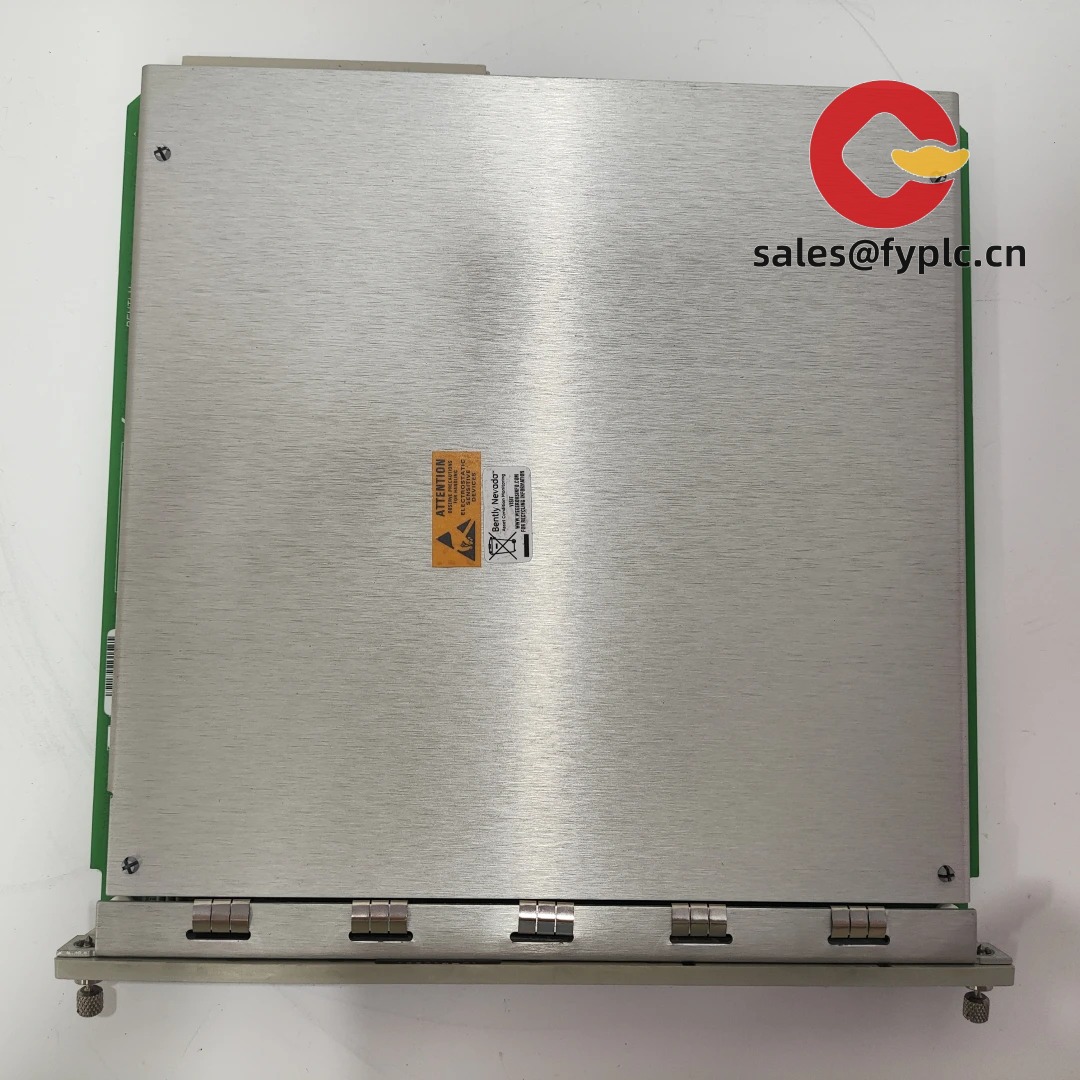

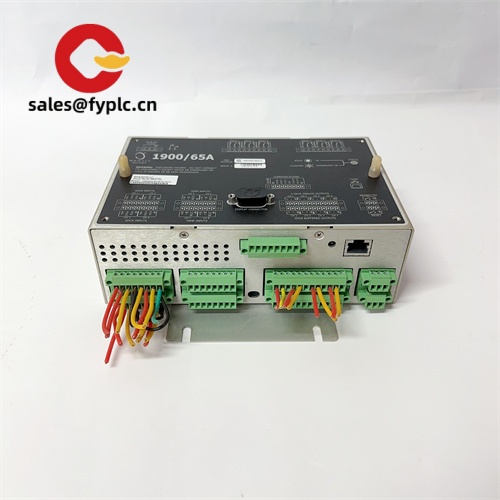
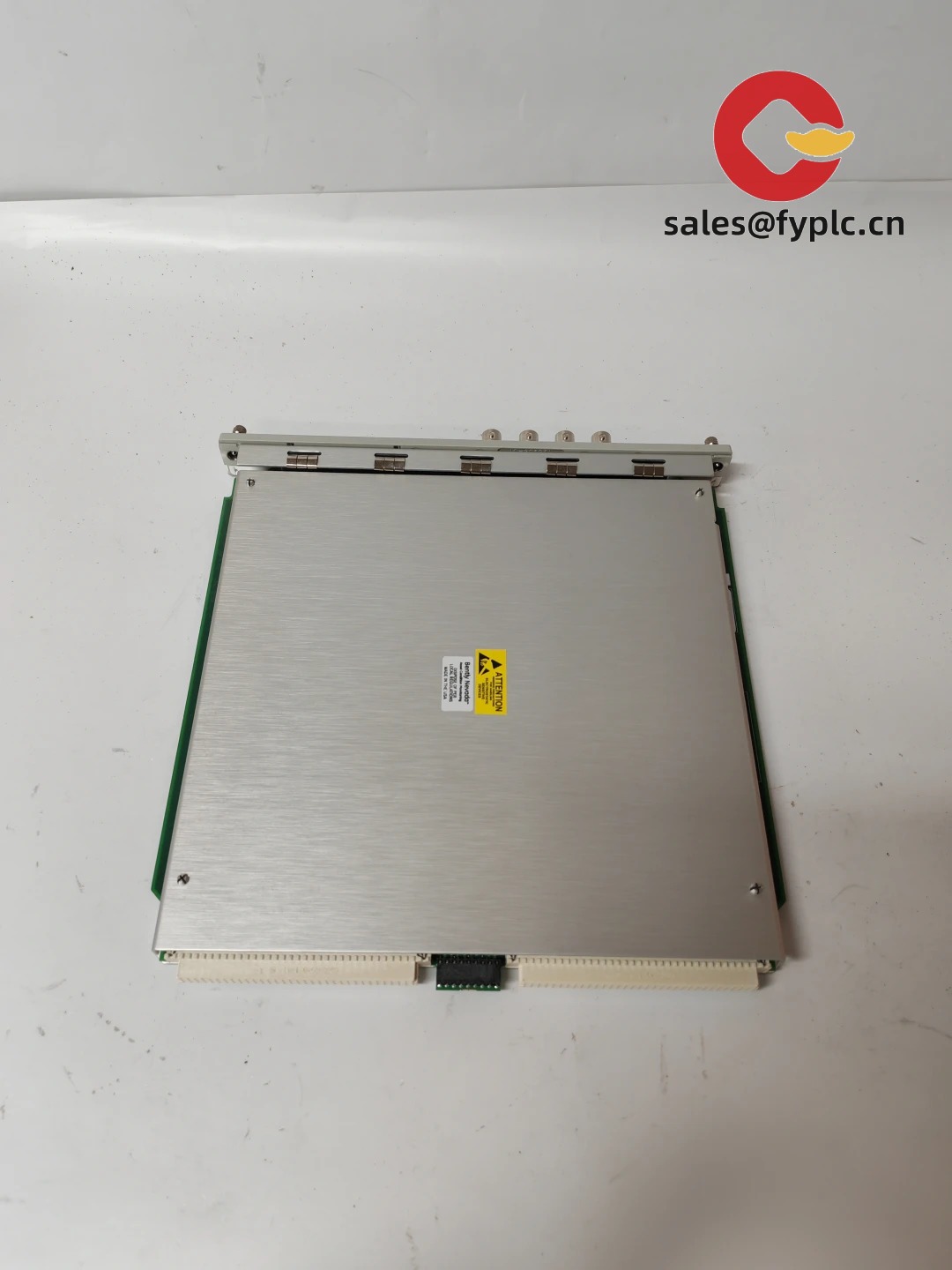
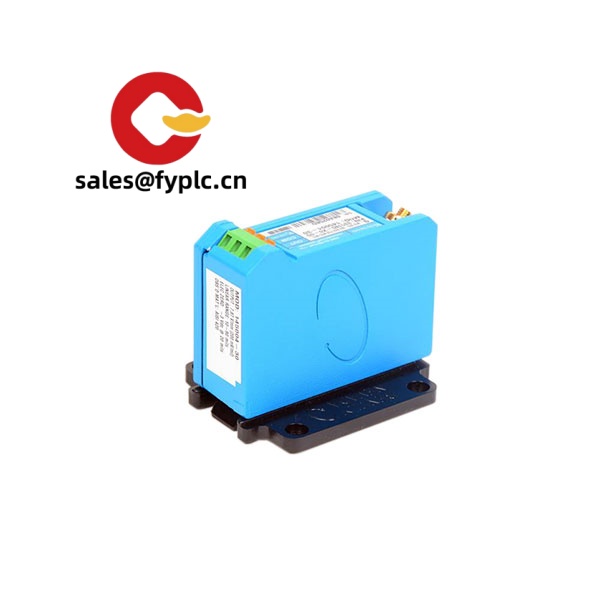
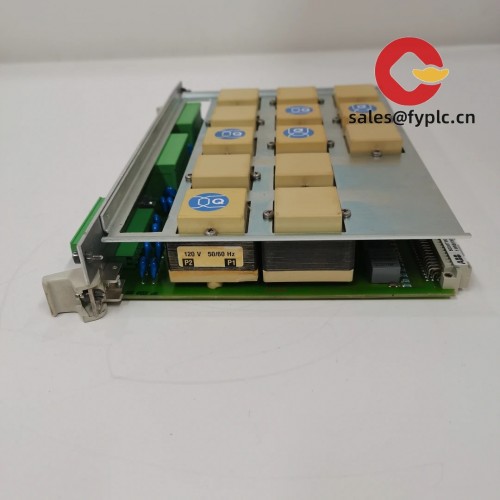
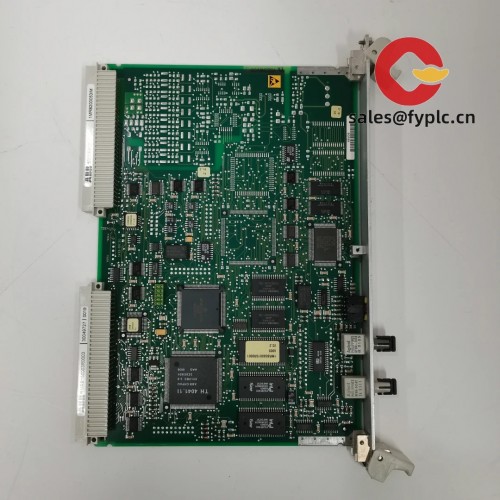
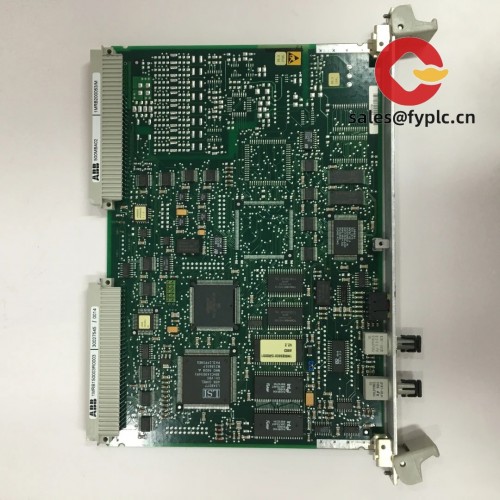
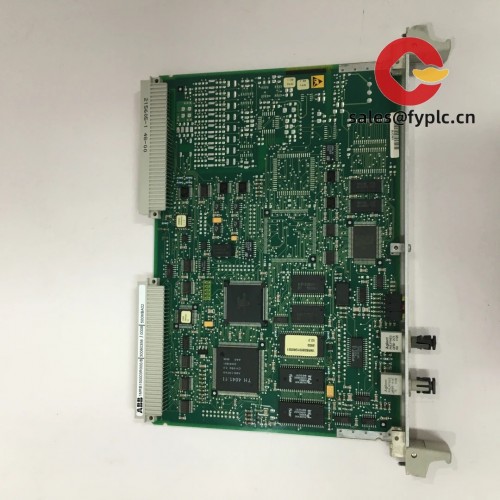
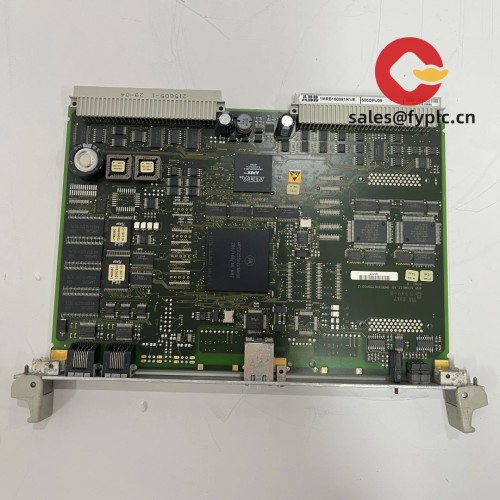


Reviews
There are no reviews yet.